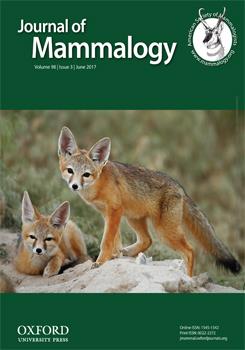Simian primates (monkeys and apes) are typically long-lived animals with slow life histories. They also have varying social organization and can slowly impact their environment by either being seed dispersers or by overbrowsing their food trees. As a result, short-term studies and those focusing on just 1 location only provide a snapshot of simian life under a specific set of ecological conditions that typically do not represent the complete spatial and temporal picture. Long-term field studies are needed to obtain a true understanding of their behavior, life history, ecology, and the selective pressures acting on them. Fortunately, there have been many long-term studies of simians, so a great deal is known about many species. Here, we consider examples of long-term studies that have operated continuously for approximately a decade or more. We review studies that deal with ecophysiology, social organization, population and community ecology, or conservation. The information emerging from these sites is particularly helpful in the construction of informed conservation plans, which are desperately needed given the severity of threats to simians and the fact that responses do not occur over the duration of a Ph.D. or granting cycle (typically 1–3 years).
How to translate text using browser tools
1 June 2017
Long-term simian research sites: significance for theory and conservation
Colin A. Chapman,
Amélie Corriveau,
Valérie A. M. Schoof,
Dennis Twinomugisha,
Kim Valenta
ACCESS THE FULL ARTICLE

Journal of Mammalogy
Vol. 98 • No. 3
June 2017
Vol. 98 • No. 3
June 2017
conservation
conservation planning
diet
ecophysiology
ecosystem engineers
hormones
life history




